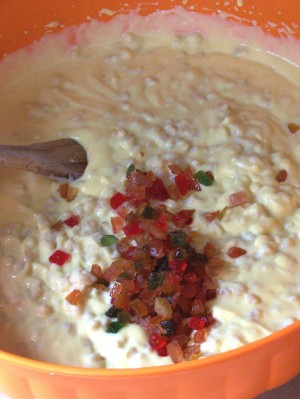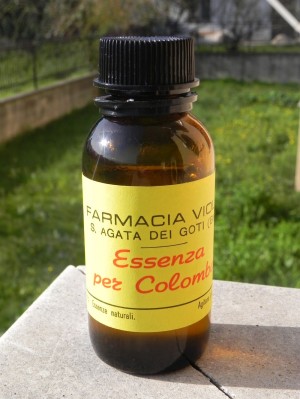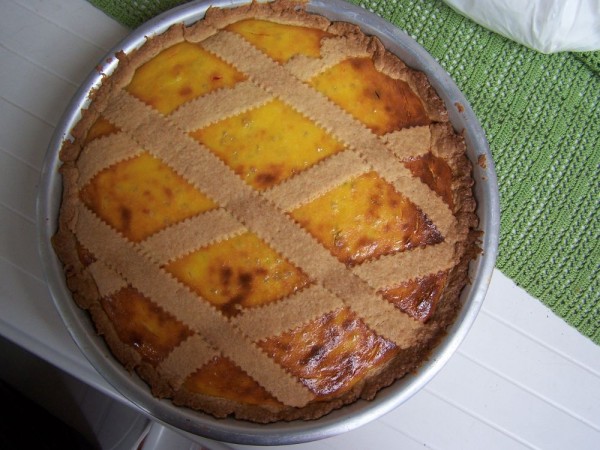 The other day I was walking by the pharmacy in my little town of S. Agata dè Goti. It is run by the Viola family and I was surprised to see a long line of women waiting to enter the door. What was going on? Had there been a sudden epidemic or an accident of some sort?
The other day I was walking by the pharmacy in my little town of S. Agata dè Goti. It is run by the Viola family and I was surprised to see a long line of women waiting to enter the door. What was going on? Had there been a sudden epidemic or an accident of some sort?
As I neared the door, I was relieved to see that the women didn’t seem at all upset, but were animatedly discussing a momentous topic: the dish that would be gracing every table on Easter Sunday, the symbol of Neapolitan pastry: la pastiera.
Pastiera is a delicious and nutritious pie make of ricotta, boiled grain, eggs, lard, milk, sugar, spices and candied fruits cooked in a pastry shell in an appropriate pan called ‘il ruoto’. It is baked on Holy Thursday and Good Friday and is served on Easter Sunday, which allows enough time for the fragrances to mix, giving it its unique flavor.
It has, however, a secret ingredient: aqua di fiori d’arancio or aroma of orange blossoms.

The origins of this recipe goes back to the cult of Ceres, Roman goddess of agriculture, fertility and motherly love, whose worshipers brought grain, eggs, milk and honey in procession to celebrate the rebirth of life in Spring.
But pastiera as it is known today was developed in the peace and quiet of the ancient convent of San Gregorio Armeno in Naples, rather appropriately built on the ruins of the temple dedicated to Ceres. The story goes that the nuns decided to develop a recipe that would signify the Resurrection: eggs symbolizing Life and orange blossoms denoting innocence, chastity, eternal love, marriage and fruitfulness. They made hundreds of these pies and distributed them at Easter to the wealthy patrons of Naples.
But where does one find aroma of orange blossoms? That was what I was about to find out at Mrs. Viola’s pharmacy. There on the counter, next to the chapstick, was a basket full of little bottles with yellow labels stating: “ Farmacia Viola, S. Agata dei Goti (BN), Essenza per Colombe”. There was no list of ingredients on the bottle, but my curiosity was so tickled that I had to buy a bottle.
When I returned home, I unscrewed the top and sure enough, a heady perfume of orange and cinnamon filled my nostrils with the aroma of pastiera.
Ahhhh! Spring is here at last!
